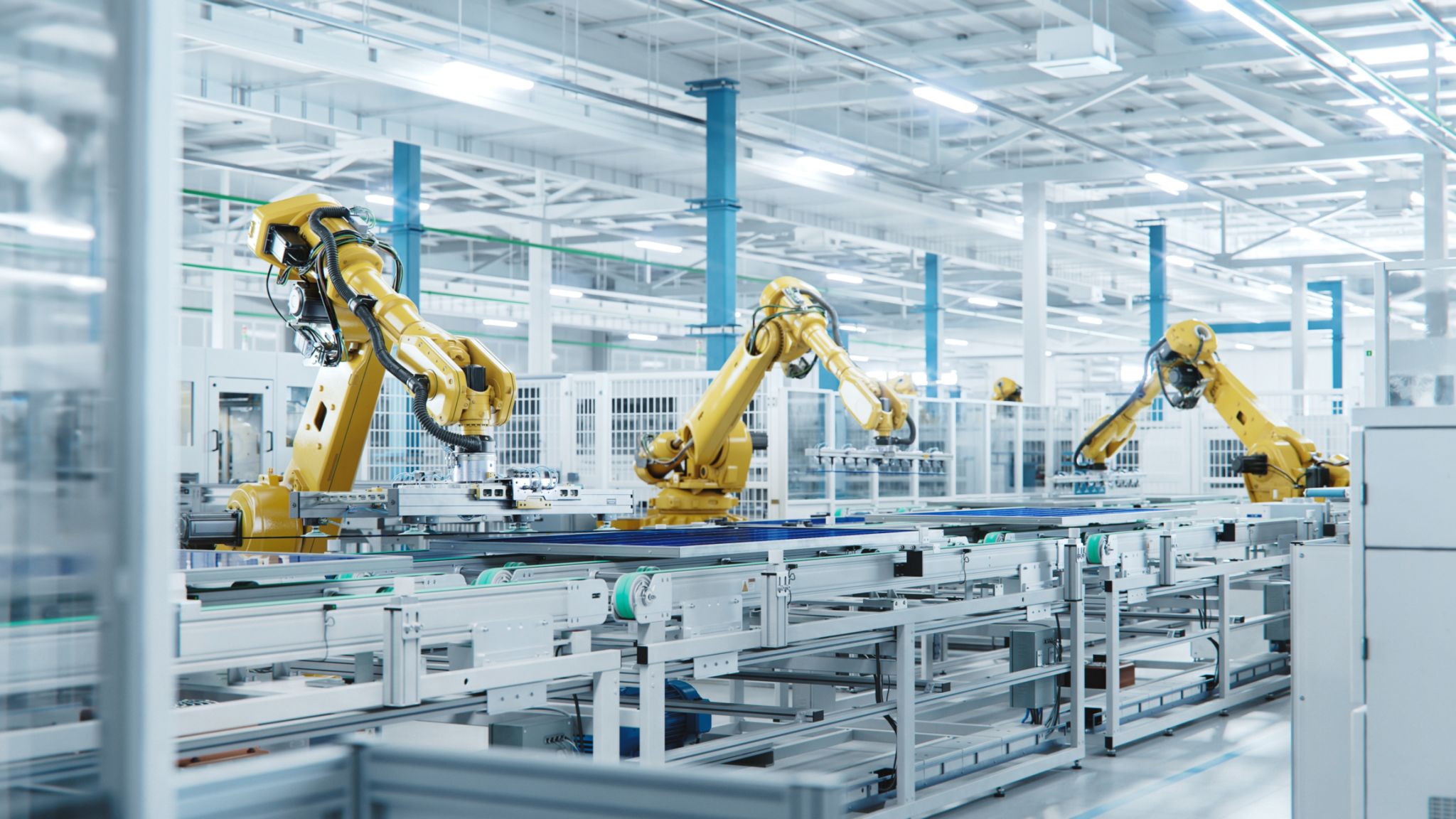Choosing the Right Robotics for Your Renewable Energy Project
Understanding the Role of Robotics in Renewable Energy
As the renewable energy sector continues to expand, the integration of robotics is becoming increasingly vital. Robotics can enhance efficiency, reduce costs, and improve the safety of operations in various renewable energy projects. Whether it’s wind farms, solar installations, or hydroelectric plants, the right robotic solutions can make a significant difference in project outcomes.

Identifying Your Project Needs
Before selecting robotics for your renewable energy project, it’s crucial to identify the specific needs and challenges of your project. Consider factors such as the type of energy source, the scale of the project, and the environment where it will be deployed. For example, offshore wind farms may require different robotic solutions compared to land-based solar installations due to varying environmental conditions and operational demands.
By understanding these needs, you can narrow down the types of robotics that will best support your project’s objectives. Engaging with experts who have experience in both robotics and renewable energy can also provide valuable insights into making informed decisions.
Evaluating Robotic Solutions
Once you have a clear understanding of your project’s requirements, the next step is to evaluate potential robotic solutions. Key aspects to consider include:
- Functionality: Does the robot perform the tasks you need efficiently?
- Adaptability: Can the robotic system adapt to changing conditions or different types of tasks?
- Durability: Is the robot designed to withstand environmental challenges specific to your project site?

These factors will help ensure that the robotics chosen are not only effective but also a long-term asset for your renewable energy project.
The Importance of Integration
Integrating robotics into renewable energy projects is not just about selecting the right hardware. It involves ensuring that these systems work seamlessly with existing infrastructure and processes. This may include software integration for data collection and analysis, as well as compatibility with current operational technologies.
Successful integration requires a collaborative approach, where project managers, engineers, and IT specialists work together to align robotic solutions with overall project goals. This collaboration ensures that robotics enhance rather than disrupt operations.

Cost Considerations and ROI
While incorporating robotics into renewable energy projects can entail significant upfront costs, it’s essential to consider the long-term return on investment (ROI). Robotics can lead to reduced labor costs, increased operational efficiency, and enhanced safety, all of which contribute to cost savings over time.
When assessing ROI, consider both tangible benefits like cost savings and intangible benefits such as improved safety and reduced environmental impact. These factors help justify the initial investment in robotic technologies.
Future-Proofing Your Project
Renewable energy projects are long-term investments, so it’s important to select robotics that are future-proof. This means considering emerging technologies and trends in both robotics and renewable energy that may influence your project in the coming years.
Staying informed about advancements and maintaining flexibility in your robotic systems can help ensure that your project remains competitive and efficient as technology evolves. Regular updates and maintenance can also extend the lifespan and effectiveness of your robotics.
In conclusion, choosing the right robotics for your renewable energy project requires careful consideration of project needs, evaluation of solutions, seamless integration, cost analysis, and future-proofing strategies. By taking a comprehensive approach, you can leverage robotics to maximize the success of your renewable energy initiatives.
